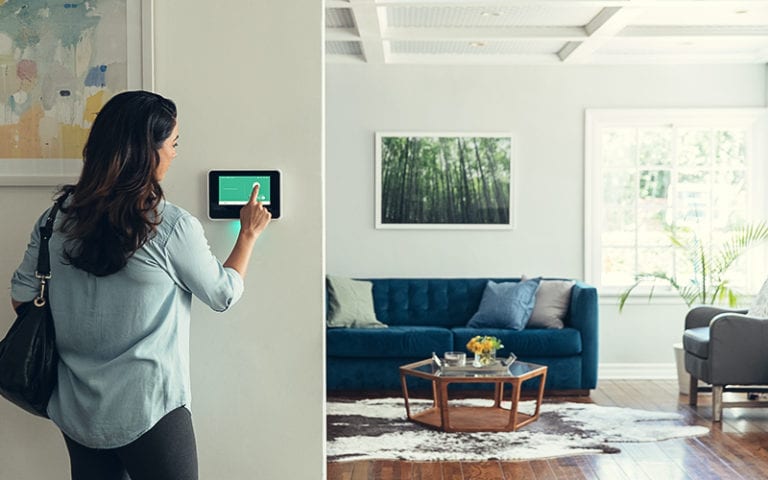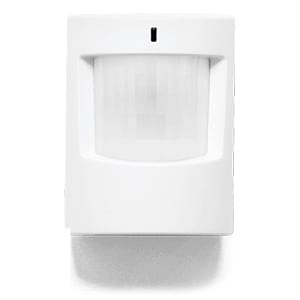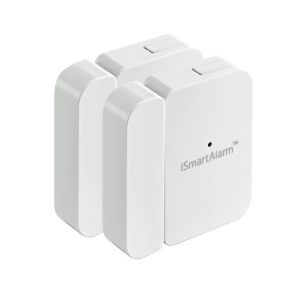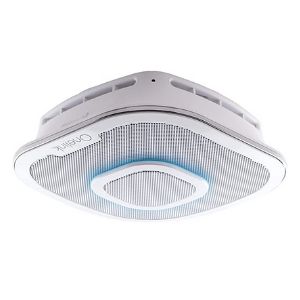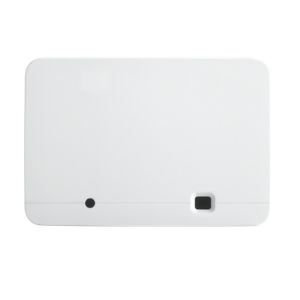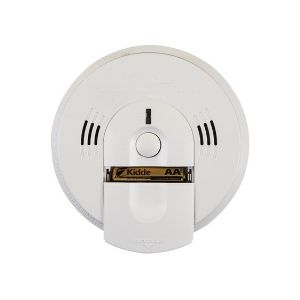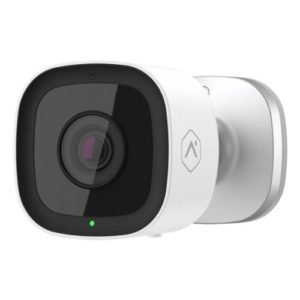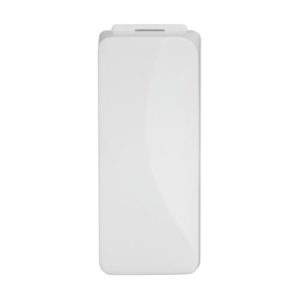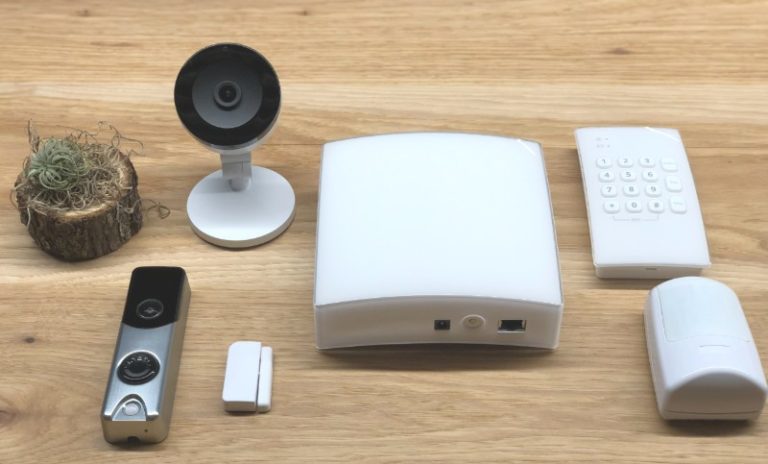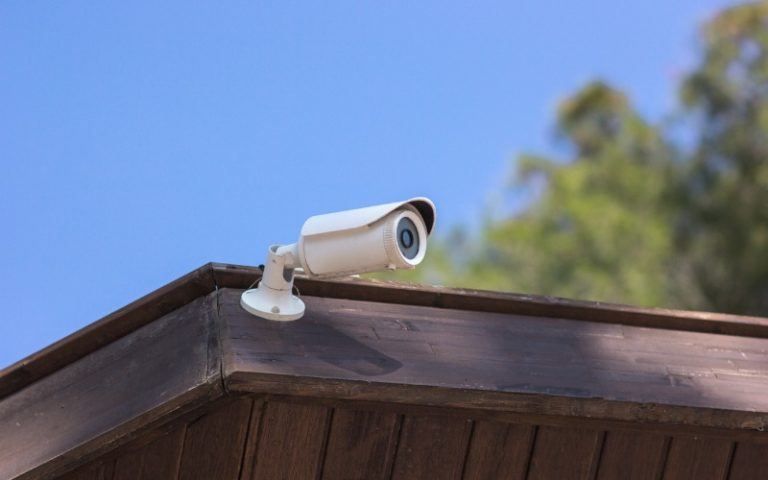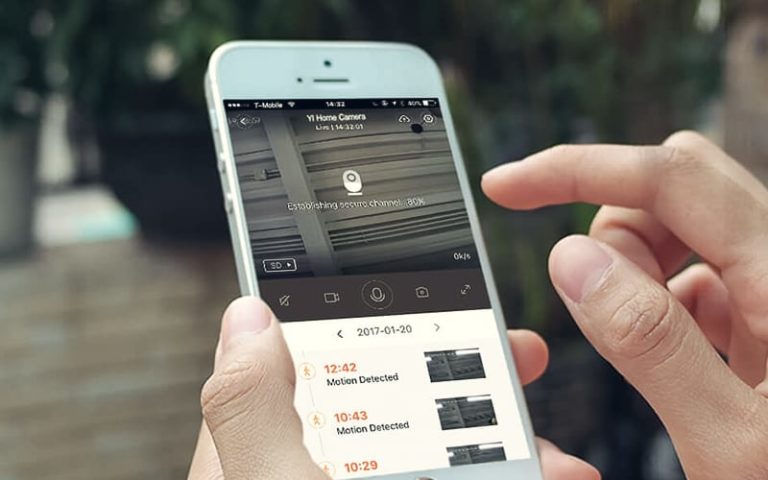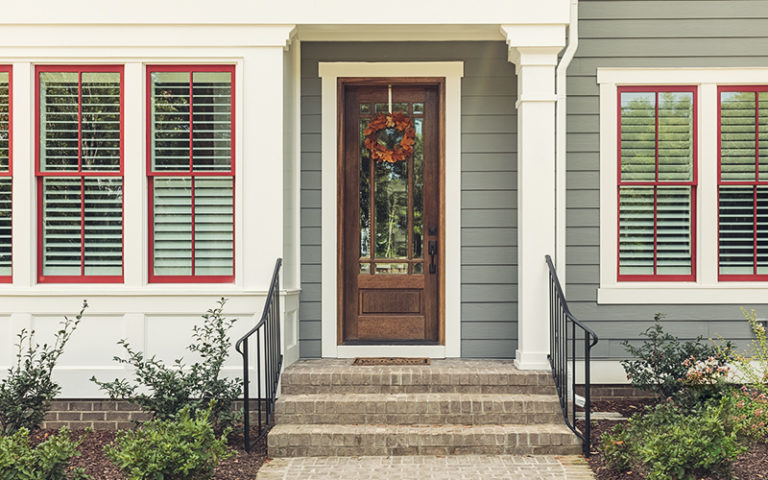There are two ways to approach security cameras: they can either add to security systems or work as a cheaper, standalone alternative.
Adding a security camera (or video doorbell) to your home alarm system lets you view live footage in your security system’s app. This is convenient if you already have a security system, but it comes with a big drawback: you need to pay for the most expensive monitoring plans to get cameras.
In some cases, this adds only $5 to your monthly bill, which is comparable to what you pay for cloud storage on standalone security cameras. Unfortunately, you’re more likely to spend at least $15 more on your monthly bill.
Even with security cameras in your system, security companies don’t watch your video unless there’s an alarm. The monitoring station doesn’t assign someone to watch over your home 24/7—they react only when there’s a reason to do so.
Another reason to add security cameras to an existing system is that some cities require video verification after an alarm before dispatching police to your home. Video verification also helps you avoid false alarms, which can land you a costly fine.
We think a camera is a nice middle-ground solution for folks that can’t afford $30 a month for a security system. If nothing else, you’ll have video proof of neighborhood cats taking an unusual interest in your flower beds.
Some cameras even have facial recognition, so your partner and kids don’t trigger a constant barrage of real-time alerts when they pass by.
Unless you go with a camera that stores video on a microSD card, you can expect to pay for cloud video storage. This costs between $5 and $10 a month on average, depending on how many cameras you have.
With advanced features like these, you get what amounts to a mini security system. Security cameras aren’t a perfect replacement for security systems since they don’t have door and window sensors or professional monitoring.
"If you can only invest in one piece of security equipment, make it an outdoor security camera or video doorbell with motion detection, two-way talk, and mobile alerts."
—Rebecca Edwards, SafeWise
This is a far cry from just 10 years ago when security cameras weren’t easy to install and were so expensive that most consumers didn’t buy them.
Security cameras aren’t only about the video. Most security cameras send smartphone notifications when they detect different types of activity:
Five innovations make security cameras very affordable today:

